How To Remove Malware From Chrome On Your Mac | Keep Your Security Intact

Malware and other suspicious programs can sometimes infect your Google Chrome browser on your Mac. This malware in Chrome may redirect you to unwanted sites, display intrusive ads or popups, slow down your browsing, or even steal your personal data. Fortunately, there are steps you can take to scan for and remove malware from Chrome on your Mac.
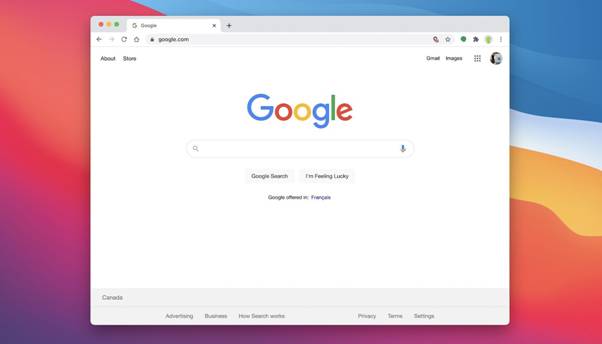
Here’s how to remove Chrome malware and restore your browser to its normal, speedy state .
Also read: How to Uninstall Chrome on Mac: A Comprehensive Guide
How To Tell If Your Chrome Browser Has Malware?
So, first things first! How can you tell if your Chrome browser has become infected with malware? Here are some signs to watch out for diagnosing malware threats on Chrome:
- You are redirected to random, unknown websites while browsing.
- A flurry of unusual popup ads appears while browsing.
- New browser extensions were installed that you did not download.
- Chrome crashes or freezes unexpectedly.
- The Chrome homepage changes without you doing it.
- You notice new toolbars or search engines were added.
- Chrome is sluggish and slow even on fast sites.
Any of these issues can indicate your Chrome browser has picked up some malware.
To verify the presence of malware, run a scan with antivirus software. It can find hidden infections even if your Chrome behavior seems normal. You may also receive alerts from Chrome about dangerous sites or extensions if it has detected some malware.
How Do I Remove Malware From Chrome?
If you suspect your Chrome browser has been infected by malware, here are the basic steps to take to remove it:
- Quit all Chrome browser windows and force quit Chrome. This stops any malware processes that may be running in the background.
- Scan your Mac with antivirus software to detect and remove any potential malware threats. Bitdefender or Avast Security for Mac are two good options.
- Delete suspicious or unknown Chrome extensions. These often contain malicious code or install malware.
- Clear your Chrome browsing data, caches, and cookies to wipe out any malware residues.
- Reset Chrome to factory settings to eliminate any changes executed by malicious activities .
- Update Chrome to the latest version, which may include malware protection.
- Change your Chrome settings to block future malware infections.
Let’s look at each of these steps in more detail.
Also read: How to Setup And Cast From Mac to Chromecast
How To Remove Chrome Malware: Quick Solutions
Solution 1: Force Quit Google Chrome
The first step is to completely quit out all Chrome browser windows and force quit Chrome. This stops any malware processes that could be running in the background.
To force quit Chrome on your Mac:
Step 1: Click on the Apple menu and select “Force Quit”.
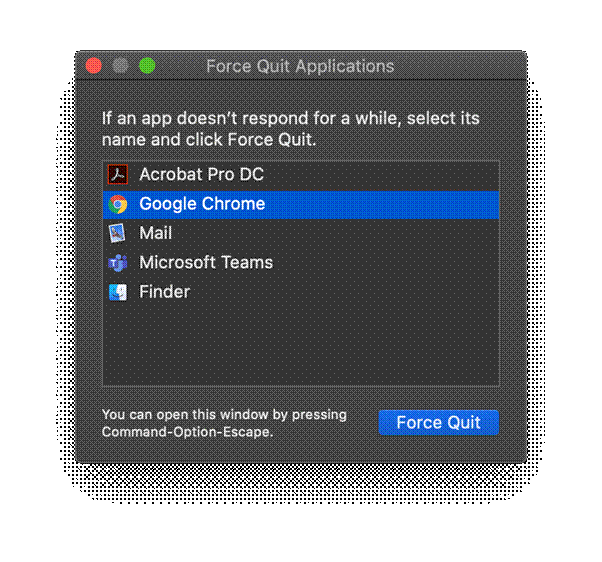
Step 2: Select Google Chrome from the Force Quit Applications dialog box
Step 3: Click Force Quit to terminate Chrome
Force quitting Chrome ensures all processes are ended, stopping malicious programs.
Also read: How To Clear Search History On Mac – Safari, Chrome, and Firefox
Solution 2: Scan Your Mac For Malware
Next, you’ll want to scan your entire Mac for adware, spyware, viruses, and other malware using antivirus software. This can detect malicious programs that have infected Chrome or other parts of your system.
Here are some top antivirus tools for scanning your Mac for malware:
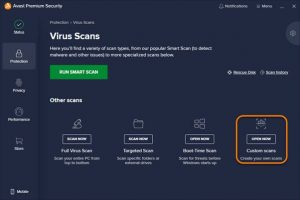
- Bitdefender Antivirus for Mac – Bitdefender provides real-time monitoring for Mac malware, ransomware, and phishing attacks. It has a quick scan option.
- Avast Security for Mac – Avast uses virus definitions that are continuously updated to detect Mac malware. There’s a free version available.
Make sure to do a full system scan on your Mac to check for any infections. The antivirus software should detect and either quarantine or remove any malware it finds.
Solution 3: Remove Suspicious Chrome Extensions
Frequently the culprit behind malware in Chrome is a dubious browser extension installed without your consent. Take a thorough look at your Chrome extensions and promptly remove any that are unfamiliar, suspiciously named, or are from unknown developers.
To remove extensions in Chrome:
Step 1: Click the 3-dot menu in the upper right corner. Select “More tools” then “Extensions”
Step 2: Now review the listed extensions for anything suspicious. Click Remove to delete unwanted extensions
This clears out any malicious or corrupted extensions containing malware or redirect scripts. If in doubt, remove the extension.
Solution 4: Clear Chrome’s Browsing Data
Now that any malware infections have been identified and removed, the next step is to wipe out any residual traces from Chrome. This involves clearing your browsing data, which deletes temporary files, cookies, caches, and histories that could potentially retain malware code.
To clear Chrome browsing data on a Mac:
Step 1: Click the Chrome menu and select “Clear Browsing Data”. At the top, click “Advanced” to expand the time range
Step 2: Select “All time” to clear everything. Check all the data types (cache, cookies, etc.)
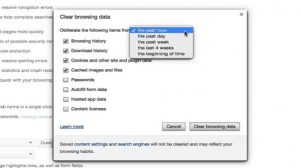
Step 3: Click “Clear Browsing data” at the bottom.
This gives Chrome a clean slate, deleting any malicious leftovers that may still affect performance or security.
Solution 5: Reset Google Chrome
For a more drastic approach you can perform a factory reset of Chrome. This action restores Chrome to its original settings, removing any changes or infections that may have occurred. Additionally, it also disables all extensions.
Here’s how to remove Chrome malware by resetting Chrome.
Step 1: Click the Chrome menu. Select “Settings”. In the left menu, click “Advanced”.
Step 2: Scroll down and click “Restore settings to their original defaults”. Click “Reset settings” in the confirmation box.
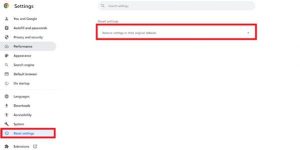
This resets Chrome to a clean, pristine state. Sign back into Chrome to restore your sync data like bookmarks and history.
Solution 6: Update Google Chrome
Make sure your Chrome browser is completely up to date after removing malware. Hackers exploit vulnerabilities in older versions of Chrome, so updating it provides added protection.
To update Chrome on a Mac:
Step 1: Click the Chrome menu. Select “About Google Chrome”
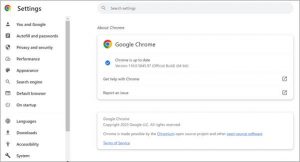
Step 2: Chrome will automatically check for updates and install any available. Relaunch Chrome after updating
Google is continually releasing security patches, so stay vigilant about updating.
Also read: How to Increase Download Speed on Mac
Solution 7: Adjust Chrome Security Settings
The final step is to adjust your Chrome settings to help prevent future malware infections. There are a few key security tweaks to make:
- Enable “Safe Browsing” in Settings to block dangerous sites and downloads
- Turn on the “Protect you and your device” setting under Sync and Google services
- Disable sideloading of untrusted extensions under Advanced settings
- Block pop-ups in Settings to prevent malicious pop-ups
With these precautons enabled, Chrome will be better protected going forward when browsing.
Conclusion | Banishing Malware from Your Mac
This wraps up our guide on how to remove Chrome malware. Following these steps will clean malware from your Chrome browser on a Mac, restore normal performance, and better protect against future infections as you browse. Stay vigilant about risky sites and downloads that can introduce malware.
By adopting sound security practices you can reduce the frequency of having to deal with Chrome malware removal. Keep reading at BMT for more insightful tips on enhancing your digital security!

 5 Best Note – Taking Apps For Mac In 2024 To Boost Productivity & Creativity
5 Best Note – Taking Apps For Mac In 2024 To Boost Productivity & Creativity How to Uninstall McAfee on Your Mac: Step-by-Step Uninstallation Guide!
How to Uninstall McAfee on Your Mac: Step-by-Step Uninstallation Guide!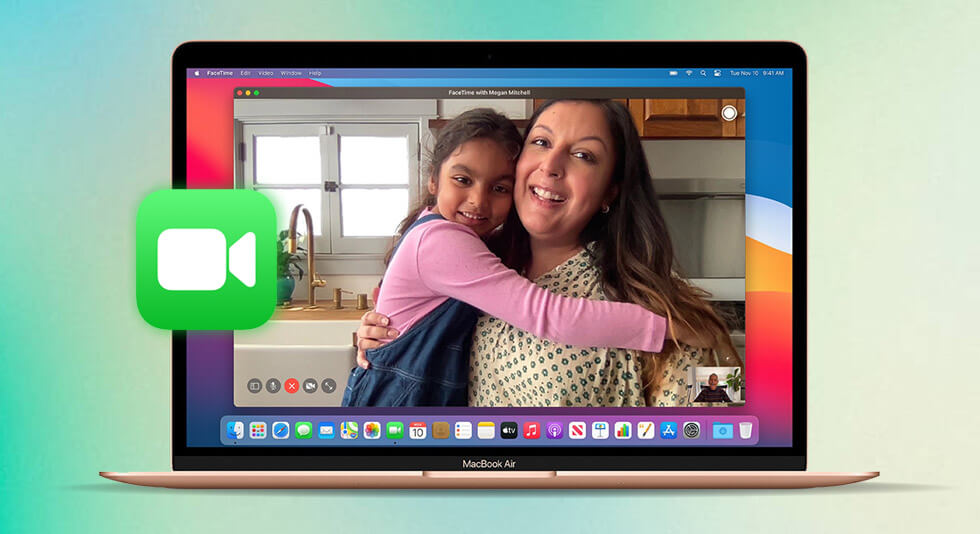 Connect With Loved Ones: How To Set up Facetime on Mac
Connect With Loved Ones: How To Set up Facetime on Mac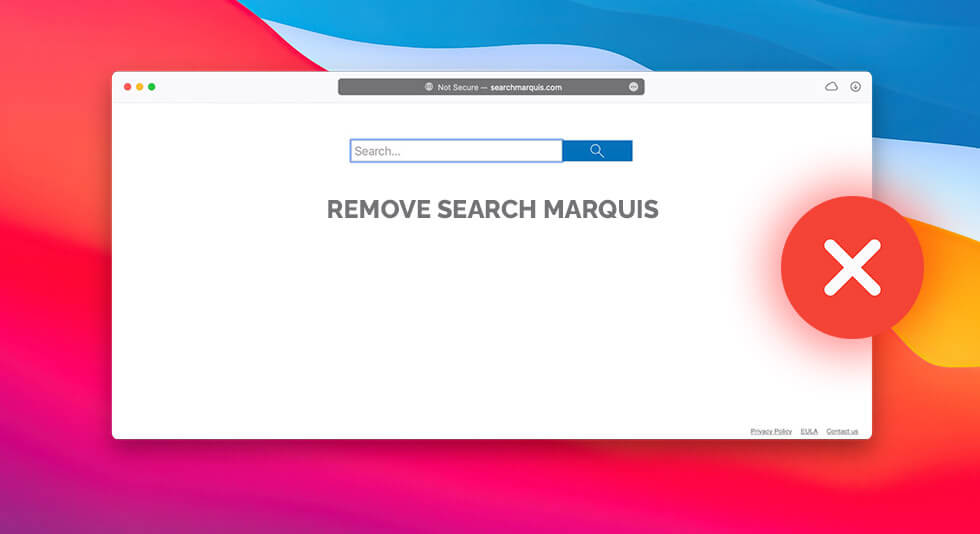 Protect Your Mac: Remove Search Marquis with These Simple Steps!
Protect Your Mac: Remove Search Marquis with These Simple Steps!